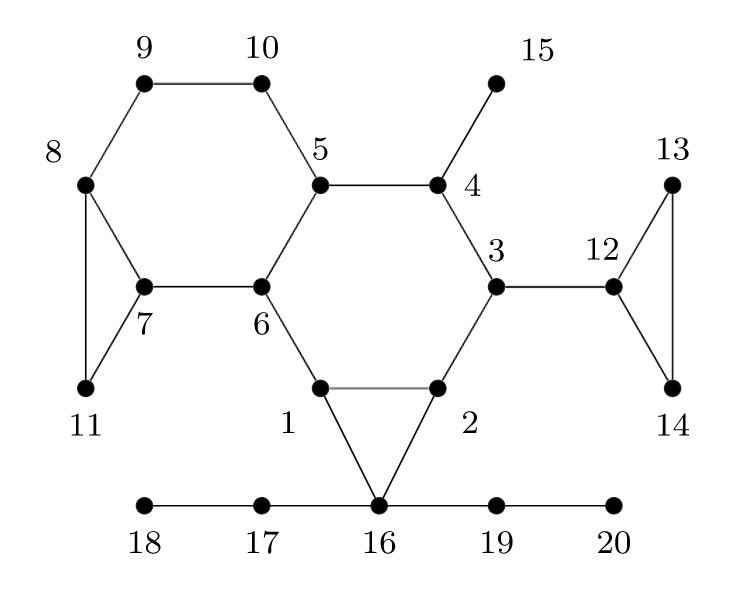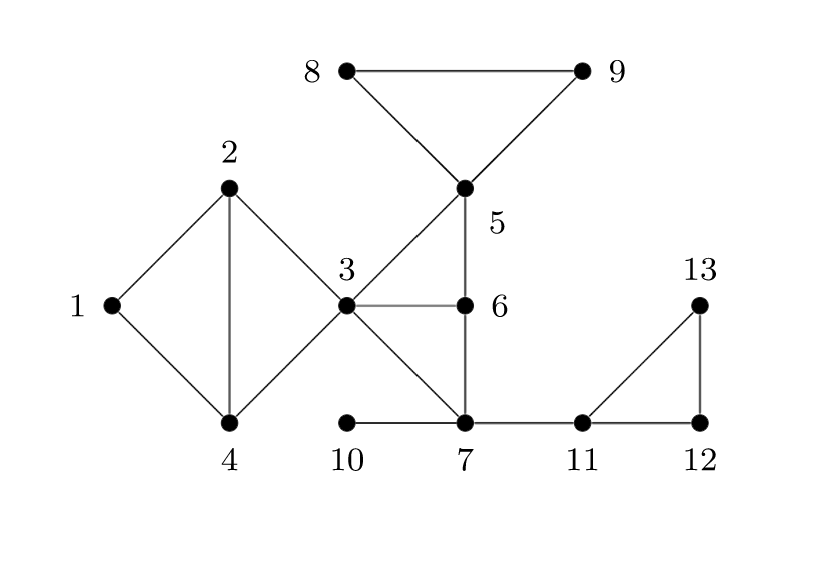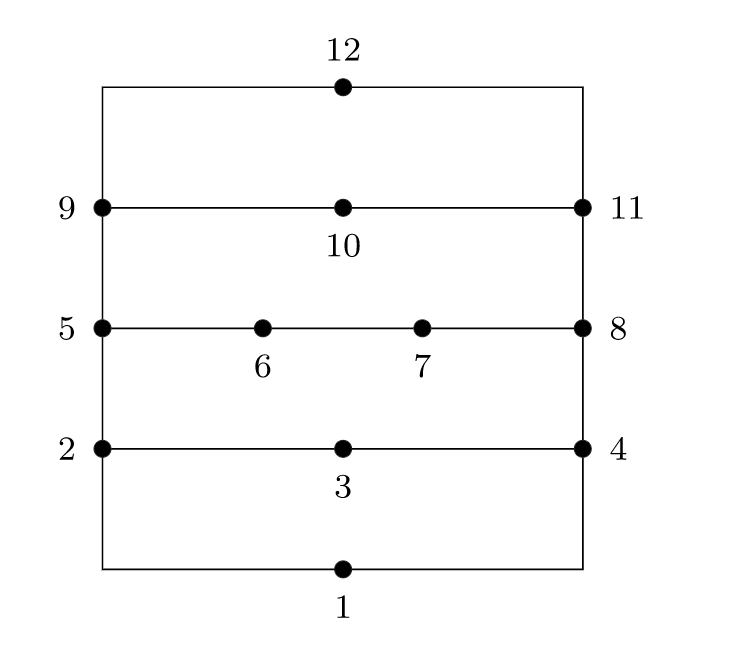16.8: Ejercicios
- Page ID
- 118091
\( \newcommand{\vecs}[1]{\overset { \scriptstyle \rightharpoonup} {\mathbf{#1}} } \) \( \newcommand{\vecd}[1]{\overset{-\!-\!\rightharpoonup}{\vphantom{a}\smash {#1}}} \)\(\newcommand{\id}{\mathrm{id}}\) \( \newcommand{\Span}{\mathrm{span}}\) \( \newcommand{\kernel}{\mathrm{null}\,}\) \( \newcommand{\range}{\mathrm{range}\,}\) \( \newcommand{\RealPart}{\mathrm{Re}}\) \( \newcommand{\ImaginaryPart}{\mathrm{Im}}\) \( \newcommand{\Argument}{\mathrm{Arg}}\) \( \newcommand{\norm}[1]{\| #1 \|}\) \( \newcommand{\inner}[2]{\langle #1, #2 \rangle}\) \( \newcommand{\Span}{\mathrm{span}}\) \(\newcommand{\id}{\mathrm{id}}\) \( \newcommand{\Span}{\mathrm{span}}\) \( \newcommand{\kernel}{\mathrm{null}\,}\) \( \newcommand{\range}{\mathrm{range}\,}\) \( \newcommand{\RealPart}{\mathrm{Re}}\) \( \newcommand{\ImaginaryPart}{\mathrm{Im}}\) \( \newcommand{\Argument}{\mathrm{Arg}}\) \( \newcommand{\norm}[1]{\| #1 \|}\) \( \newcommand{\inner}[2]{\langle #1, #2 \rangle}\) \( \newcommand{\Span}{\mathrm{span}}\)\(\newcommand{\AA}{\unicode[.8,0]{x212B}}\)
Demostrar que si una gráfica contiene un rastro cerrado entonces también contiene un ciclo adecuado.
Árboles que abarcan.
Para cada una de las gráficas de los Ejercicios 2—3, dibuje un árbol de expansión por inspección.

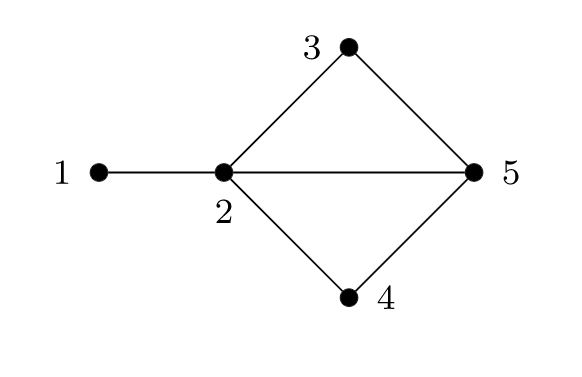
Reduciendo a un árbol de expansión.
Para cada una de las gráficas de los Ejercicios 4—5, usa el siguiente algoritmo para obtener un árbol de expansión.
- Si la gráfica contiene un ciclo adecuado, elimine un borde de ese ciclo.
- Si el subgrafo resultante contiene un ciclo adecuado, elimine un borde de ese ciclo.
- Si el subgrafo resultante contiene un ciclo adecuado, elimine un borde de ese ciclo.
- etc..
- Continuar hasta que no queden ciclos adecuados.
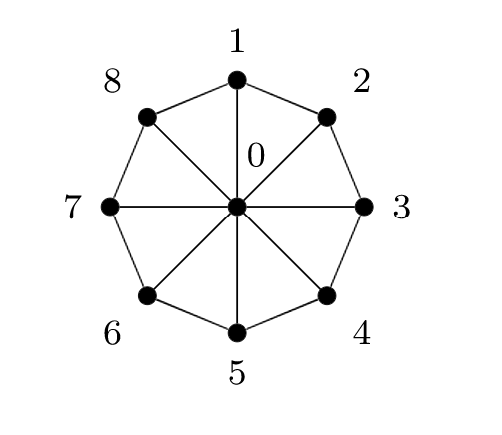
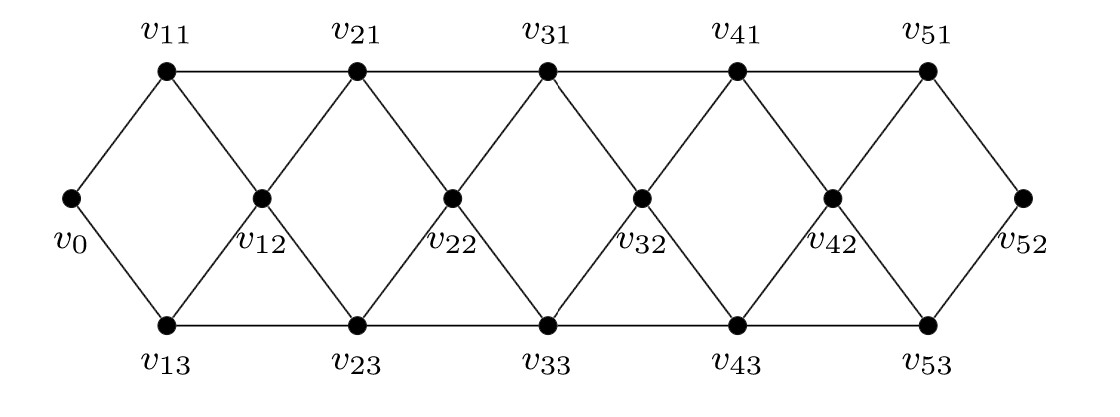
Árboles que abarcan primero la profundidad y primero en la anchura.
Para cada una de las gráficas de los Ejercicios 6—8, determine tanto un árbol que abarca primero la profundidad como el primero en la anchura. Usa cualquier vértice que te guste como nodo inicial.
